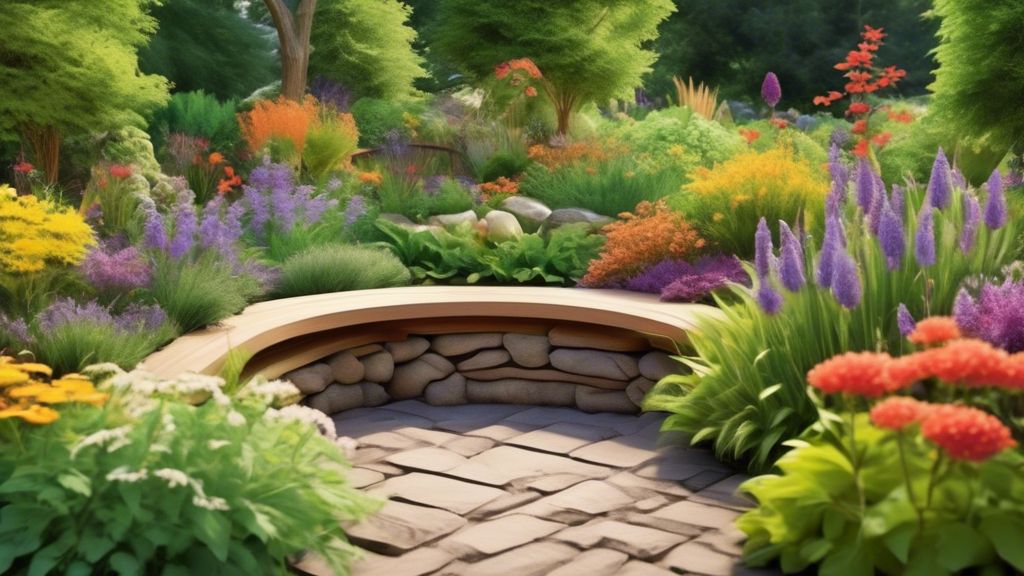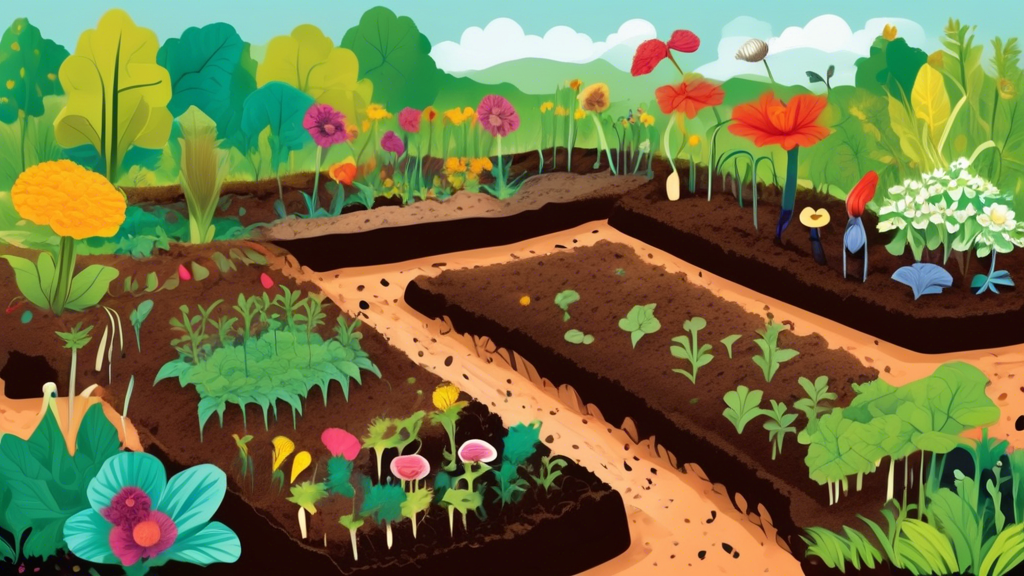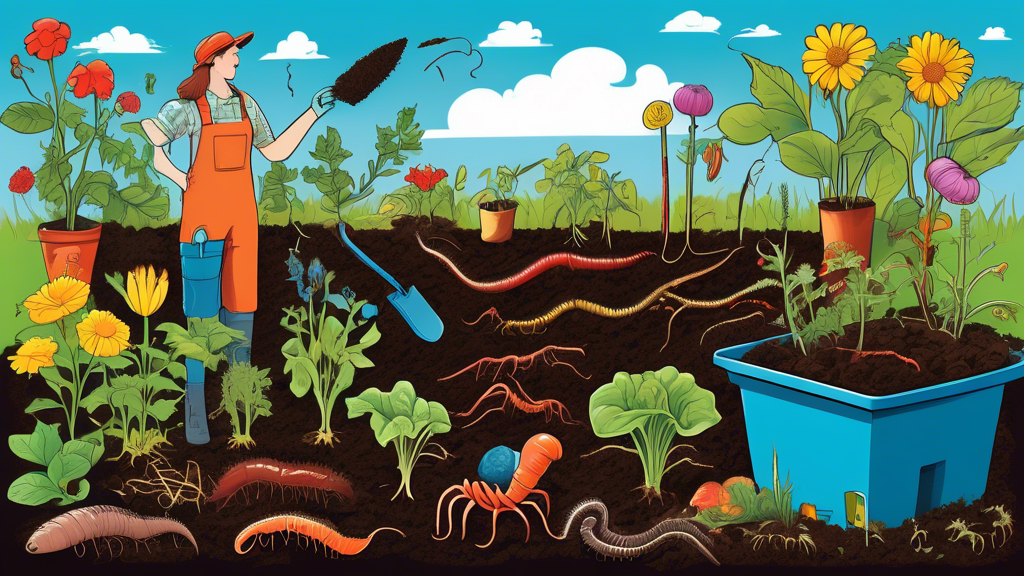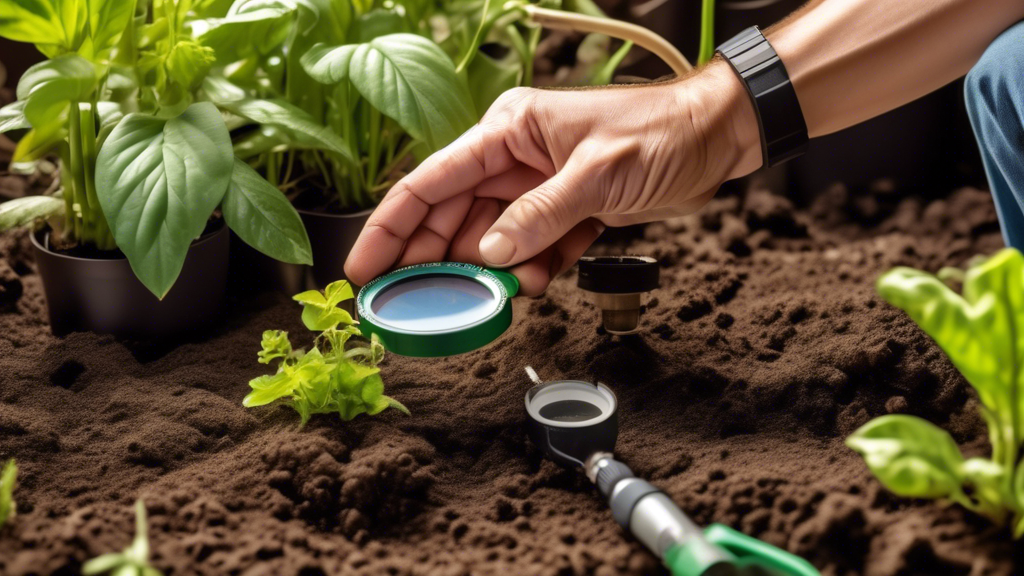
The Heartbreak of a Reactive Garden: Common Frustrations
Discovering your carefully tended plants chewed, wilted, or destroyed can be disheartening. This section addresses the core frustrations that push gardeners towards quick, often ineffective, fixes.
Wasted Effort and Financial Loss
Countless hours of weeding, planting, and nurturing, along with the financial investment in seeds, seedlings, and soil amendments, can feel wasted overnight when pests strike. The loss of a promising harvest or a prized ornamental plant is a genuine emotional and financial blow.
Health and Environmental Worries
The use of harsh chemical pesticides creates a dilemma. You want to save your plants, but not at the cost of contaminating your home-grown food or harming the vital pollinators and beneficial insects that are the backbone of a healthy garden.
The Endless Battle Cycle
Spraying for pests often feels like a never-ending war. As soon as one infestation is handled, another appears. This reactive cycle is time-consuming and can lead to pests developing resistance, making the problem worse in the long run.
The Proactive Gardener’s Playbook: Core Prevention Strategies
Shifting from a reactive to a proactive mindset is the key to a resilient garden. These foundational strategies focus on creating an environment where pests are less likely to become a problem in the first place.
Start with the Soil: Build a Strong Foundation
Healthy, nutrient-rich soil is the single most important factor in pest prevention. Plants grown in robust soil are stronger and more resilient, able to withstand pest pressure naturally. Incorporate compost regularly, conduct soil tests to address deficiencies, and focus on building a living soil full of beneficial microbes.
Choose Your Plants Wisely: The Right Plant, Right Place
Selecting plants that are well-suited to your local climate and soil conditions is a simple yet powerful step. Native plants are particularly resilient to local pests. Additionally, practice companion planting—for instance, interplanting marigolds to deter nematodes or basil near tomatoes to repel hornworms.
Encourage a Balanced Ecosystem: Welcome the “Good Guys”
Your best allies in the garden are natural predators. Attract beneficial insects like ladybugs, lacewings, and parasitic wasps by planting nectar-rich flowers such as dill, fennel, and yarrow. Install bird feeders, birdbaths, and “bug hotels” to provide habitat for these natural pest controllers.
Create Physical Barriers: Simple and Effective Blockades
Sometimes, the best defense is a simple physical one. Use floating row covers to protect crops from flying insects. Place copper tape around raised beds to deter slugs and snails, and use cardboard collars around the stems of young seedlings to prevent cutworm damage.
Proactive vs. Reactive: A Side-by-Side Comparison
This comparison highlights why a shift in strategy is so beneficial for the long-term health of your garden.
| Proactive Pest Prevention | Reactive Pest Control |
|---|---|
| Focuses on soil and plant health. | Focuses on killing the pest. |
| Creates a sustainable, self-regulating system. | Creates a cycle of dependency on treatments. |
| Protects pollinators and beneficial insects. | Often harms the entire ecosystem. |
| Cost-effective long-term. | Can become expensive over time. |
| Less labor-intensive over the seasons. | Constant monitoring and application needed. |
Beyond the Basics: Unique and Advanced Proactive Tips
Go a step further with these lesser-known strategies that give you a significant edge in pest management.
The Power of “Trap Cropping”
Instead of trying to repel every pest, you can outsmart them. Plant a “sacrificial” crop that pests find more attractive than your main crops. For example, nasturtiums are highly appealing to aphids. By planting them away from your vegetables, you lure the aphids to a designated area, which you can then easily monitor and manage, leaving your primary plants untouched.
Disrupt Pest Lifecycles with Crop Rotation
Many pests and diseases are soil-borne and specific to certain plant families (like tomatoes, peppers, and eggplants being in the nightshade family). By rotating where you plant these families each year, you confuse and starve overwintering pests, breaking their lifecycle and reducing their numbers significantly.
Smart Watering Practices to Deter Pests
Pests like slugs, snails, and fungal gnats thrive in consistently moist environments. By watering your garden in the early morning, you give the sun a chance to dry the plant leaves and soil surface throughout the day, making your garden far less inviting to these moisture-loving invaders.
Frequently Asked Questions (FAQs) About Garden Pest Prevention
What is the single most effective thing I can do to prevent pests?
Answer: Focus on building healthy, living soil. It’s the foundation of everything. A plant grown in nutrient-rich soil is like a person with a strong immune system; it’s naturally more resilient and better equipped to resist pests and diseases on its own.
Are chemical pesticides ever okay in a proactive garden?
Answer: A truly proactive approach aims to make them unnecessary. However, in the case of a severe, localized outbreak that threatens to wipe out a plant, a targeted application of a low-toxicity, organic option (like horticultural soap or neem oil) can be used as a last resort. The key is to use it sparingly while you continue to strengthen the garden’s overall ecosystem.
I’ve done everything, but I still have pests. What now?
Answer: A completely pest-free garden is an unrealistic and ecologically unsound goal. The true objective is management, not eradication. A low level of pests is necessary to sustain your population of beneficial insects. The key is to ensure pest populations don’t cause significant economic damage to your harvest or aesthetic damage to your ornamentals.






